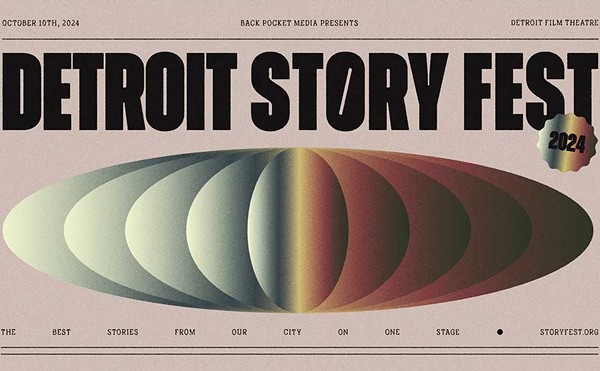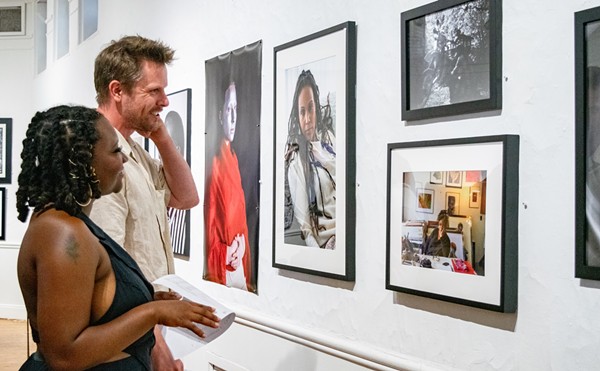In a small essay about his long-ago teen years as a Czech jazz fan, Josef Skvorecky recalled spending hours with Webster's trying to decipher the Louis Armstrong title "Struttin' with Some Barbecue." "What on earth could it mean: 'Walking down the street pompously with a piece of animal carcass roasted whole'?" he wondered.
Sadly, The Language of the Blues won't tell the young Czech Armstrong fans of today that Louis was in a mind to walk down the street with a cute babe at his side. That particular idiom doesn't make it much into the blues, if at all. But listeners scratching their heads over what Sleepy John Estes means when he needs to get his ashes hauled ("he was feeling a bit backed up and needed to ejaculate"), what Robert Johnson is talking about in "Terraplane Blues" (a car produced by the Hudson Motor Company) or what all those C.C. Rider songs are about (a story too involved for a parenthetical aside), well, here's a start. It also explains that alcorub refers to rubbing alcohol consumed as liquor and that in the Southern-derived lingo of the blues, terms like cock and nut can refer to either male or female genitalia. Both Ida Cox and Cab Calloway, it turns out, can go to Chicago to get their hambones boiled, although the great hambone-boiling duet is, apparently, yet to be sung.
In most entries DeSalvo casts her net wide to create context for what she has to say, tracing etymologies to Indo-European or various African precursors, and expounding, for instance, on the history of sharecropping (even reproducing a two-page sharecropping contract). The far-ranging entry on the "buffet flat" — a sort of swinging house of ill repute — predictably includes the wild story of Bessie Smith's six-to-the-bed night in a Detroit flat. If one story can lead to another, you know it will in this book.
But sometimes this book feels both padded and spotty, with nearly two pages about the Vestapol guitar tuning, for instance, but no entry for "cross harp," the basic approach to blues harmonica playing. Under "harp," for harmonica, however, we do follow the family tree of "free reed instruments" back to ancient China.
There's the musical explanation of "boogie-woogie" as a piano style, and an exploration of possible African precursors to the world "boogie" — meaning "butt," we're told — but nothing on the one-chord riffing that was John Lee Hooker's influential boogie. There's no acknowledgement of when there's well-known controversy around certain derivations (as the purported direct link of the African-American usage of "hip" and "dig" to the Wolof of West African) and no emphasis on when the African derivations are considered linguistically solid (as in "juke" and "banjo"). And Zora Neale Huston for Zora Neale Hurston can only induce groans. (And could it be that there's not a single blues term that begins with the letter "I"? We'll admit that we're stumped too.)
The Language of the Blues fills a huge gap, with Clarence Major's Juba to Jive: A Dictionary of African-American Slang as one of the few books it has much in common with. One of The Language of the Blues' key sources, it, too, has been knocked for less than solid scholarship to back up its poetic lexicon. Oh, well. One of the lessons of the blues is to look to better days ahead. Sun's gonna shine on my reference shelf someday.
W. Kim Heron is the editor of Metro Times. Send comments to [email protected].





